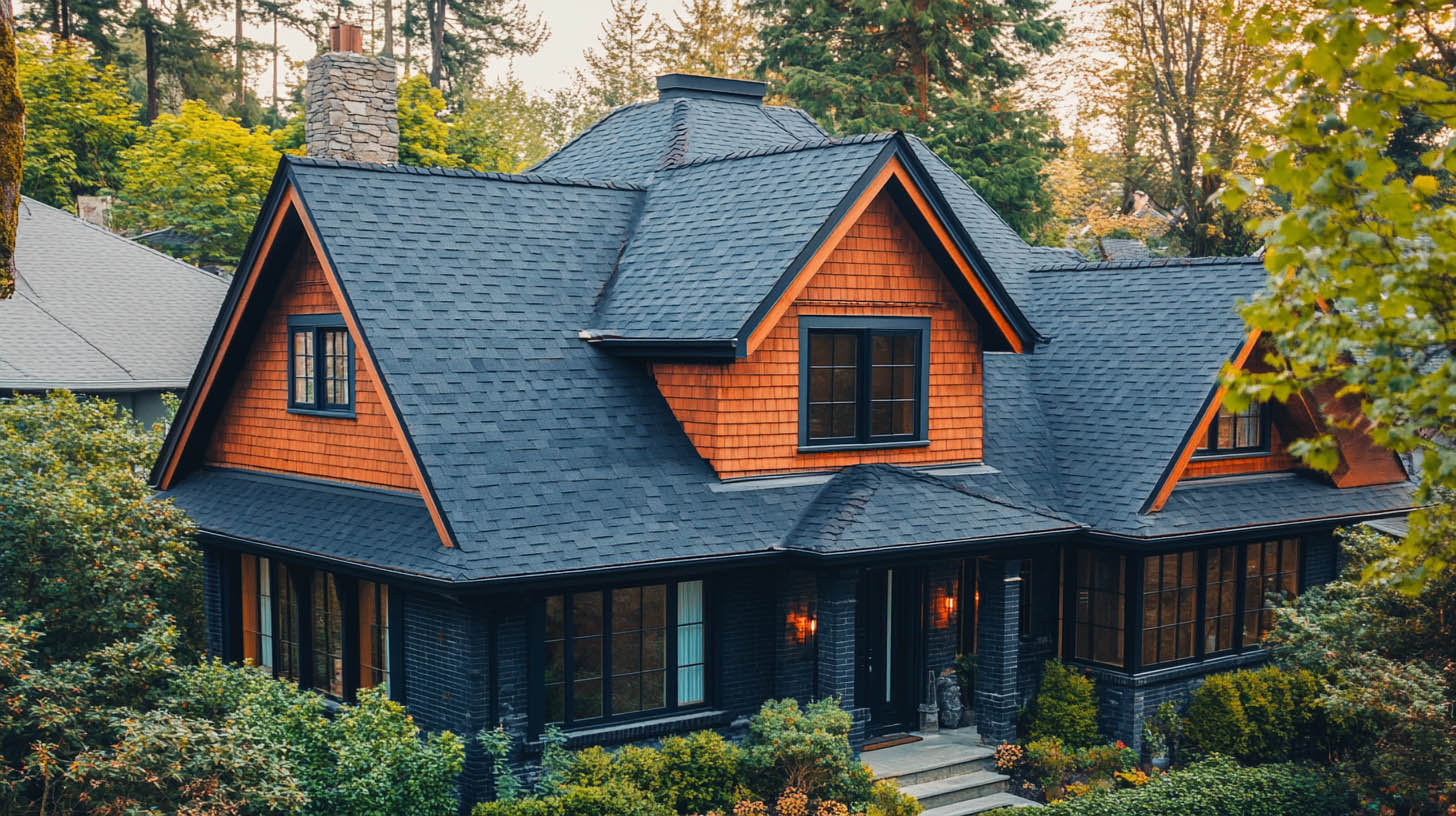
When homeowners invest in a new roof, they expect it to last for decades. However, new roofs can sometimes fail prematurely, leading to unexpected repairs and costs. Rainstoppers Roofing in Charleston, WV, highlights four common reasons why new roofs may not perform as intended.
1. Low-Quality Materials
Opting for the cheapest roofing materials might appear to save money upfront, but it can lead to significant long-term costs. Low-quality materials are more prone to early wear, leaks, and damage, often requiring frequent repairs or even premature replacement. Investing in premium roofing materials, on the other hand, offers enhanced durability, superior resistance to harsh weather conditions like heavy rain, wind, and snow, and a significantly longer lifespan. This not only minimizes ongoing maintenance expenses but also provides better protection for your home, ensuring peace of mind and a greater return on investment over time.
Unique Fact: Around 75% of premature roof failures are due to poor material choices, highlighting the importance of quality investments in roofing materials.
2. Poor Installation Practices
Even the most durable and high-quality roofing materials can underperform or fail prematurely if not installed correctly. Errors such as improper nail placement can compromise shingle adherence, making them more susceptible to wind damage. Similarly, incorrectly installed or poorly secured flashing can create pathways for water intrusion, leading to leaks and structural damage over time. To maximize the lifespan and performance of your new roof, it’s essential to hire experienced, professional contractors who are well-versed in modern roofing techniques, industry standards, and best practices. Their expertise ensures a reliable installation, giving homeowners confidence in their investment.
3. Inadequate Ventilation
Ventilation plays a significant role in prolonging roof lifespan. A poorly ventilated roof allows heat and moisture buildup, causing shingles to deteriorate quickly. Proper ventilation requires balanced intake and exhaust airflow, which reduces temperature extremes and prevents ice dams in winter, preserving the roof’s structural integrity.
4. Substandard Flashing Work
Flashing protects vulnerable roof areas, such as chimneys, vents, and skylights, from water intrusion. Poorly installed flashing, or using caulk in place of high-quality materials, can lead to water leaks and roof damage. Flashing should be integrated into the roof structure securely, not simply sealed with caulk, which degrades over time.
Ensuring Long-Lasting Roof Performance
Collaborating with certified roofing professionals guarantees the use of premium materials, meticulous installation techniques, efficient ventilation systems, and durable flashing. These experts adhere to industry standards, providing homeowners with peace of mind. Their expertise minimizes the risk of unexpected repairs, extends the roof’s lifespan, and ensures long-term protection for your home and investment.
FAQs
1. What materials should I consider for a durable roof?
High-grade materials such as asphalt shingles, metal, and slate are known for their durability.
2. How can I tell if my roof has ventilation issues?
Signs include high attic temperatures, condensation, and uneven shingle wear.
3. How often should flashing be inspected?
It’s best to inspect flashing at least once a year, especially after heavy weather events.To learn more about the 12 warning signs your roof needs waterproofing, click here.
